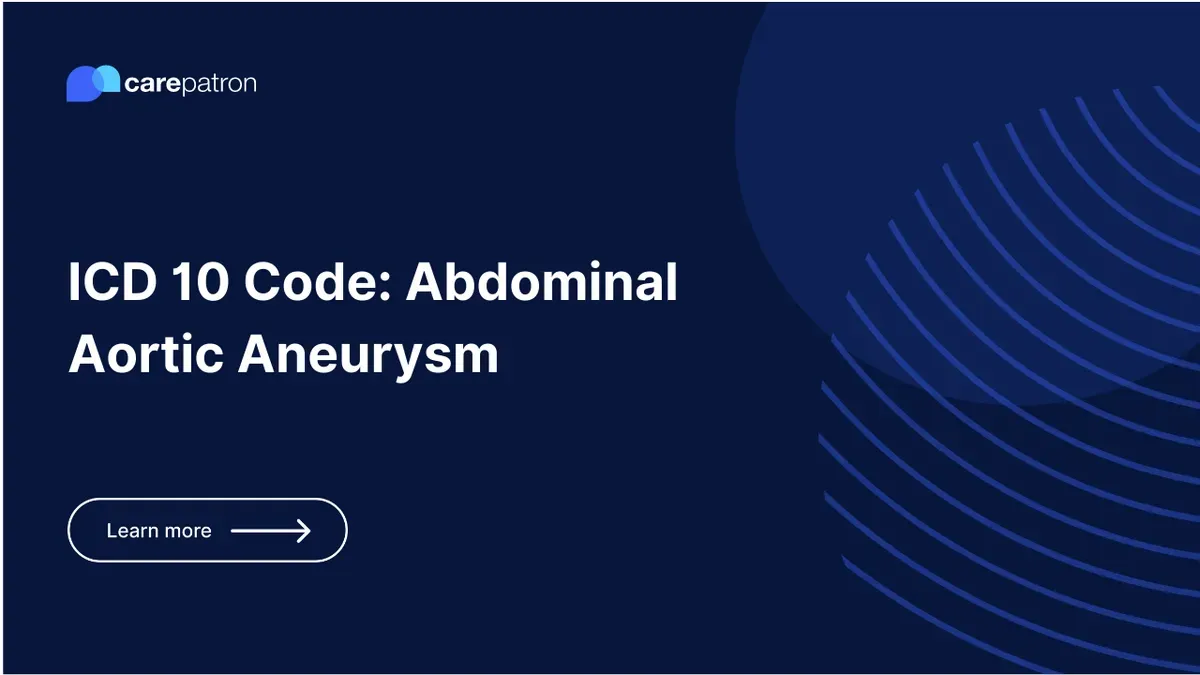
Abdominal Aortic Aneurysm ICD-10-CM Codes
Check out our mini guide to ICD-10 Codes used for Abdominal Aortic Aneurysms, complete with related codes, synonyms, billability, and clinical information.
Use Code
EHR and practice management software
Get started for free
*No credit card required
Free
$0/usd
Unlimited clients
Telehealth
1GB of storage
Client portal text
Automated billing and online payments
